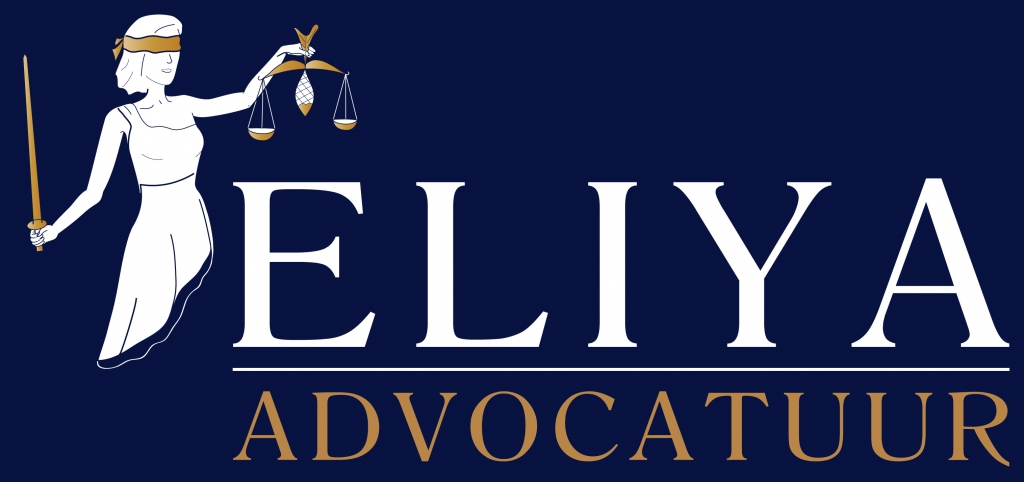Interobserver agreement, or the level of agreement between two or more observers who are recording or interpreting the same event or data, is a crucial aspect of research and analysis. It is important to ensure that interobserver agreement is high in order to reduce the possibility of bias and to increase the accuracy and reliability of the data.
However, interobserver agreement may be influenced by several factors. These can include:
1. Ambiguity in the instructions or criteria for observation: If the instructions or criteria for observation are not clear or are open for interpretation, it can lead to variations in the observations made by different observers. This, in turn, can reduce interobserver agreement.
2. Individual differences in perception or interpretation: Different observers may have different levels of experience, expertise, or biases that influence their perception or interpretation of the data. This can lead to variations in their observations and reduce interobserver agreement.
3. Fatigue or distractions: Observers who are fatigued or distracted may miss important details or make mistakes in recording or interpreting the data. This can reduce interobserver agreement and increase the possibility of errors.
4. Lack of training or calibration: Observers who have not been trained or calibrated properly may have different levels of understanding or may use different methods for recording or interpreting the data. This can lead to variations in their observations and reduce interobserver agreement.
5. Differences in technology or equipment: Observers who use different technology or equipment may record or interpret the data differently. This can lead to variations in their observations and reduce interobserver agreement.
To improve interobserver agreement, it is important to address these factors. This can be done by providing clear and detailed instructions for observation, training observers properly, providing regular feedback and calibration, managing fatigue and distractions, and ensuring that technology and equipment are standardized.
In conclusion, interobserver agreement is a critical aspect of research and analysis. However, it can be influenced by several factors. By addressing these factors, we can improve interobserver agreement and increase the accuracy and reliability of the data.












